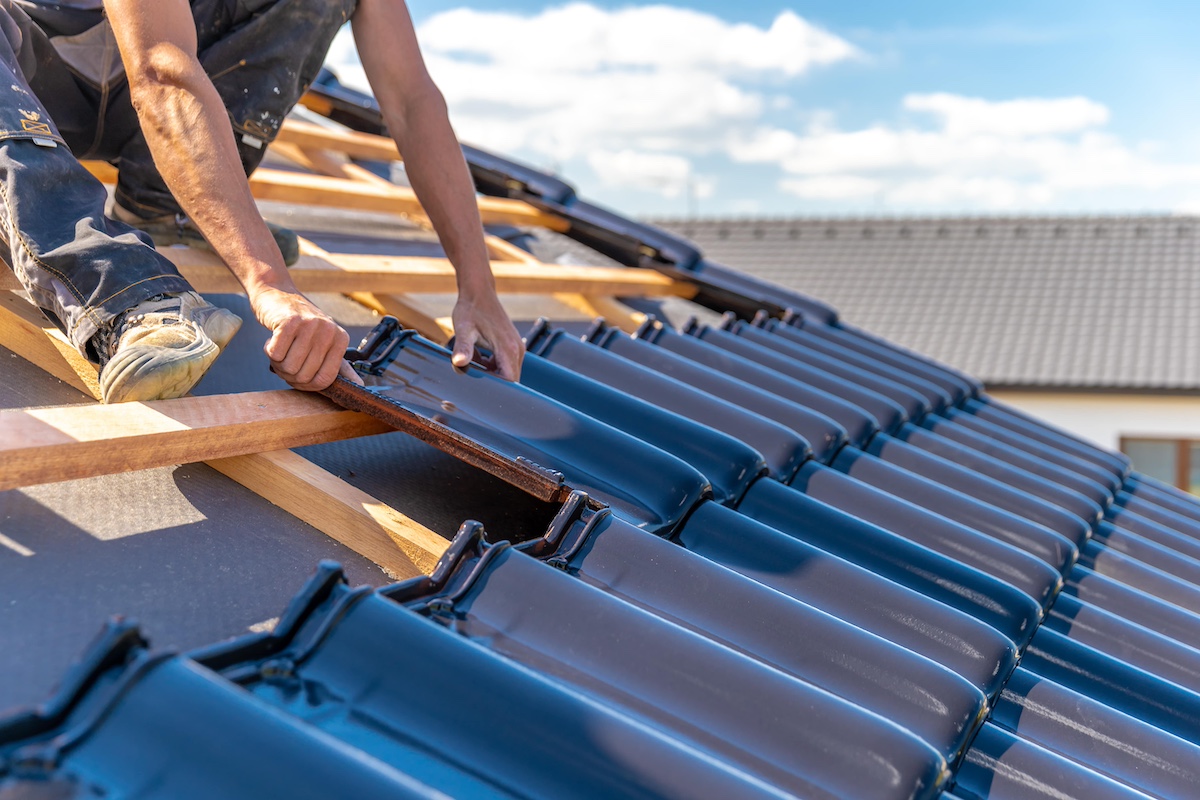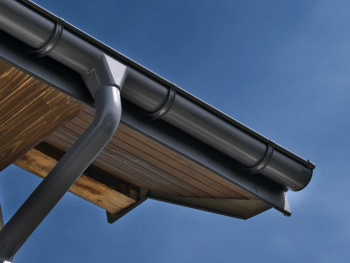As energy costs continue to rise and environmental concerns become more pressing, many homeowners and businesses are seeking ways to reduce their energy consumption. One effective approach is to invest in energy-efficient roofing solutions. These not only help to lower utility bills but also enhance indoor comfort and reduce the environmental footprint. In this comprehensive guide, we’ll explore the various energy-efficient roofing options available, their benefits, and tips for selecting the best solution for your needs.
1. The Importance of Energy-Efficient Roofing
Cost Savings:
- Lower Energy Bills: Energy-efficient roofs help maintain stable indoor temperatures, reducing the need for heating and cooling. This can lead to significant savings on energy bills over time.
- Return on Investment: Although the initial cost of energy-efficient roofing materials may be higher, the long-term savings on energy bills can offset these costs, providing a good return on investment.
Enhanced Comfort:
- Temperature Regulation: Energy-efficient roofing materials help keep your home cooler in the summer and warmer in the winter, enhancing overall indoor comfort.
- Improved Insulation: Better insulation reduces drafts and maintains a consistent indoor climate, contributing to a more comfortable living or working environment.
Environmental Impact:
- Reduced Energy Consumption: By lowering the demand for heating and cooling, energy-efficient roofs help reduce overall energy consumption, contributing to lower greenhouse gas emissions.
- Sustainable Materials: Many energy-efficient roofing options are made from sustainable materials, further reducing environmental impact.
2. Types of Energy-Efficient Roofing Materials
Cool Roofing Materials:
- Reflective Coatings: These coatings are applied to existing roofs to reflect more sunlight and absorb less heat. They are available in various colors and types, including elastomeric coatings and reflective paint.
- Cool Shingles: Specially designed asphalt shingles with reflective granules can help reduce heat absorption and lower cooling costs. They are available in a range of colors and styles.
Metal Roofing:
- Reflectivity: Metal roofs reflect a significant portion of solar radiation, reducing heat absorption and lowering cooling costs.
- Longevity: Metal roofs are durable and can last up to 50 years or more with proper maintenance, making them a cost-effective and sustainable option.
- Recyclability: Metal roofing materials are often made from recycled content and are fully recyclable at the end of their lifespan.
Tile Roofing:
- Thermal Mass: Clay and concrete tiles have a high thermal mass, which helps regulate indoor temperatures by absorbing and slowly releasing heat.
- Durability: Tile roofs are long-lasting and can withstand extreme weather conditions, providing both energy efficiency and durability.
Green Roofing:
- Insulation: Green roofs, or vegetative roofs, provide excellent insulation, reducing the need for heating and cooling.
- Environmental Benefits: Green roofs improve air quality, reduce stormwater runoff, and create habitats for wildlife. They also contribute to the reduction of the urban heat island effect.
Solar Roofing:
- Energy Generation: Solar roofing systems, including solar panels and solar shingles, generate electricity from sunlight, reducing reliance on traditional energy sources.
- Integration: Solar shingles integrate seamlessly with traditional roofing materials, providing a sleek and efficient energy solution.
3. Benefits of Energy-Efficient Roofing
Financial Savings:
- Lower Utility Bills: By reducing the need for heating and cooling, energy-efficient roofs can significantly lower monthly utility bills.
- Tax Incentives and Rebates: Many governments and local authorities offer tax incentives and rebates for installing energy-efficient roofing systems, further reducing the overall cost.
Increased Property Value:
- Market Appeal: Homes and businesses with energy-efficient features are often more attractive to buyers, potentially increasing property value.
- Energy Ratings: Buildings with high energy ratings can command higher prices and sell faster in the real estate market.
Enhanced Comfort and Health:
- Temperature Stability: Energy-efficient roofs help maintain a stable indoor temperature, reducing the discomfort caused by extreme heat or cold.
- Improved Air Quality: Green roofs and proper ventilation systems can improve indoor air quality by reducing pollutants and allergens.
Environmental Benefits:
- Lower Carbon Footprint: Reducing energy consumption helps decrease carbon emissions, contributing to a more sustainable environment.
- Resource Conservation: Sustainable roofing materials and practices help conserve natural resources and reduce waste.
4. Tips for Choosing Energy-Efficient Roofing
Assess Your Climate:
- Regional Considerations: Choose roofing materials that are best suited for your local climate. For example, cool roofs are ideal for hot climates, while roofs with high thermal mass are beneficial in areas with significant temperature fluctuations.
Evaluate Material Options:
- Durability: Consider the lifespan and durability of the roofing materials. Long-lasting materials may have a higher upfront cost but offer better long-term value.
- Aesthetic Appeal: Select materials that complement the architectural style of your home or business. Energy-efficient options come in a variety of colors and styles to suit different preferences.
Check Energy Ratings:
- Energy Star Certification: Look for roofing materials that have earned the Energy Star certification, indicating they meet strict energy efficiency guidelines set by the Environmental Protection Agency (EPA).
- Cool Roof Rating Council (CRRC): Check the CRRC ratings for information on the solar reflectance and thermal emittance of roofing materials.
Consider Installation and Maintenance:
- Professional Installation: Ensure that the roofing materials are installed by a qualified professional to maximize their energy efficiency and performance.
- Regular Maintenance: Schedule regular inspections and maintenance to keep your roof in optimal condition and extend its lifespan.
Explore Financial Incentives:
- Tax Credits: Research available tax credits and incentives for installing energy-efficient roofing systems. These can significantly offset the initial investment.
- Financing Options: Explore financing options, such as loans or leasing programs, to make the investment more affordable.
Investing in energy-efficient roofing solutions is a smart choice for homeowners and businesses looking to save money, enhance comfort, and reduce their environmental impact. By understanding the different types of energy-efficient roofing materials and their benefits, you can make an informed decision that meets your needs and budget. Whether you opt for reflective coatings, metal roofing, green roofs, or solar panels, each solution offers unique advantages that contribute to a more sustainable and cost-effective future.




